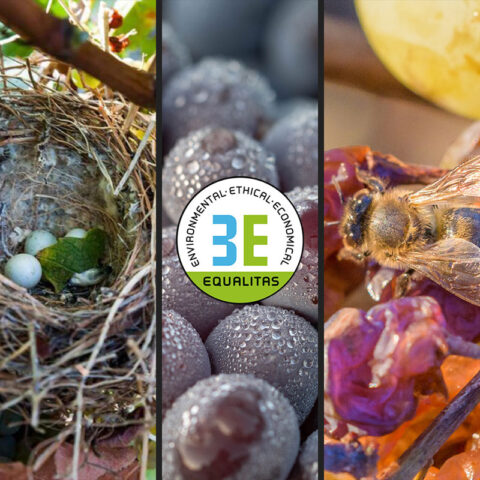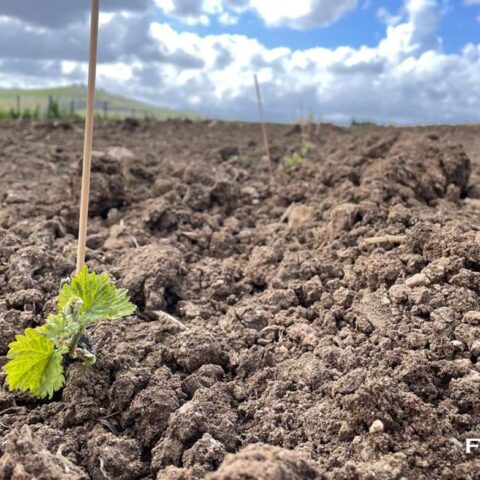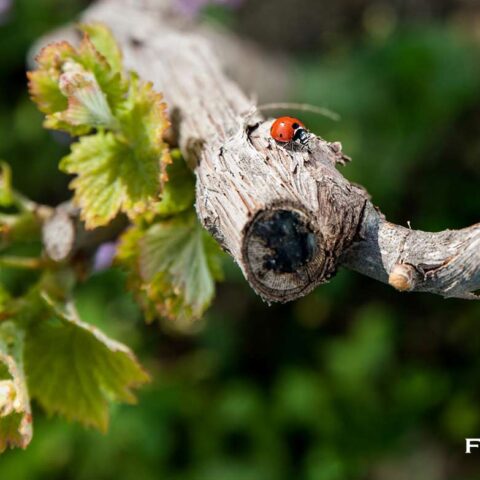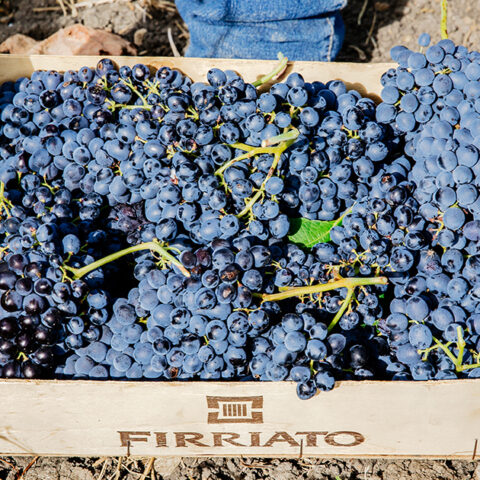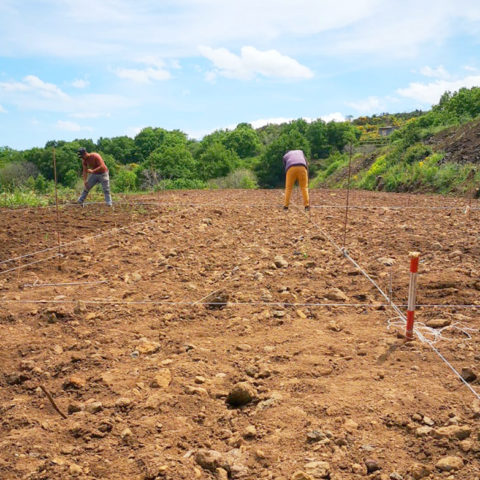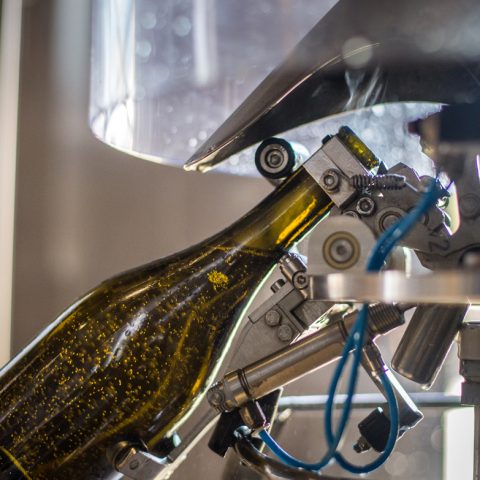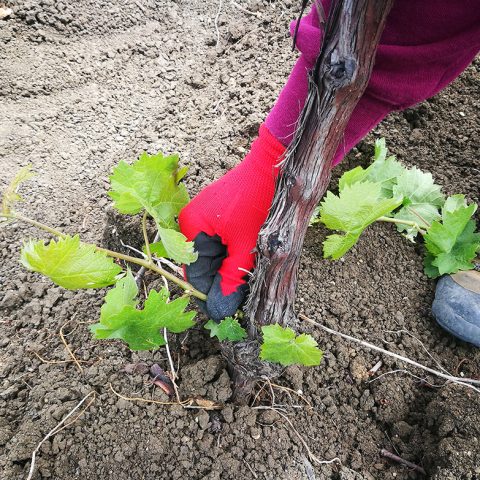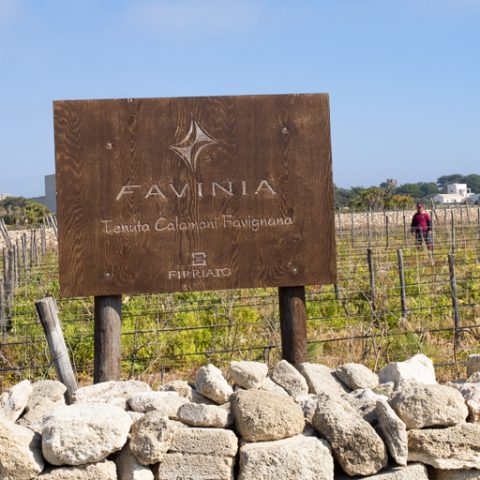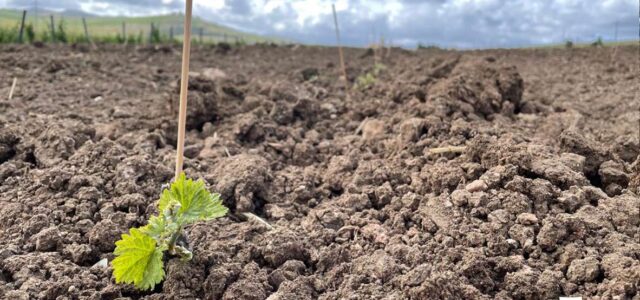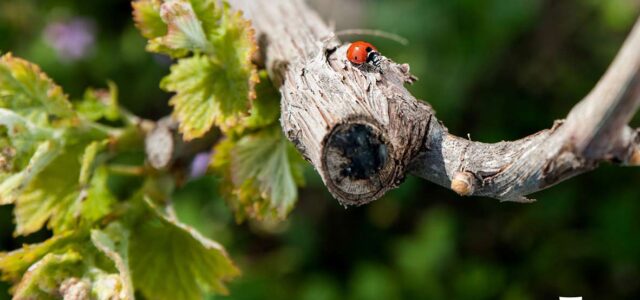THE ETNA VOLCANO AND ITS NERELLI
The Etna landscape and the vine

The Etna volcano is a peerless winescape. In the east part of the Sicilian wine continent we can be impressed by the several natural and agricultural landscapes that completely change within a few miles passing from sub-tropical ecosystem to typical mountain climate and soils. These lands have been shaped by man over the centuries and his work have been focused on safeguarding what Etna has always offered. As a matter of fact, this man’s work has included viticulture and the safeguarding of such vines growing only in this part of Sicily.
Production area
On Etna there are 3 large areas for vinegrowing. The first is that of the side of the volcano facing east, between 400 and 900 meters a.s.l; the second one is between 400 and 800 meters in the northern side; finally, the third area, is placed between 600 and 1000 meters in the southern slope. Outside these altimetric limits, vinegrowing could be jeopardised because of defects or excesses of some fundamental constituents of the grapes, affecting future wine. A significant factor is linked to harvest, which begins on the volcano one month late (October) compared to the rest of Sicily.

Nerello Mascalese

Nerello Mascalese can reveal 4 century of history. Variety of great vegetative and productive vigor, after being cultivated in the Catania area and in the Messina area for a long time, has spread to the provinces of Palermo and Agrigento in the last 30 years, becoming one of the most important Sicilian red grapes. A success due to its excellent production numbers, enhanced by training systems such as the counter espalier. Today, the hectares of Nerello Mascalese enrolled in the Register of Etna DOC vineyards are about 220, of which about half with over 30 years of age.
Nerello Cappuccio
The name Cappuccio probably derives from the bloom that covers the bunches like a coat. This variety has been identified in the eighteenth century by ampelographic investigation in the area of Catania. The vine played a key role in the past, becoming one of the most cultivated varieties before being shelved up to risk the disappearance. Nowadays , following the research of the most suitable terroir for Nerello Cappuccio vinegrowing, Firriato has recognized its appreciable qualities in winemaking: the resulting glass is a pure expression of the inhospitable territories rich in organic substance of the highest and most active volcano in Europe.






